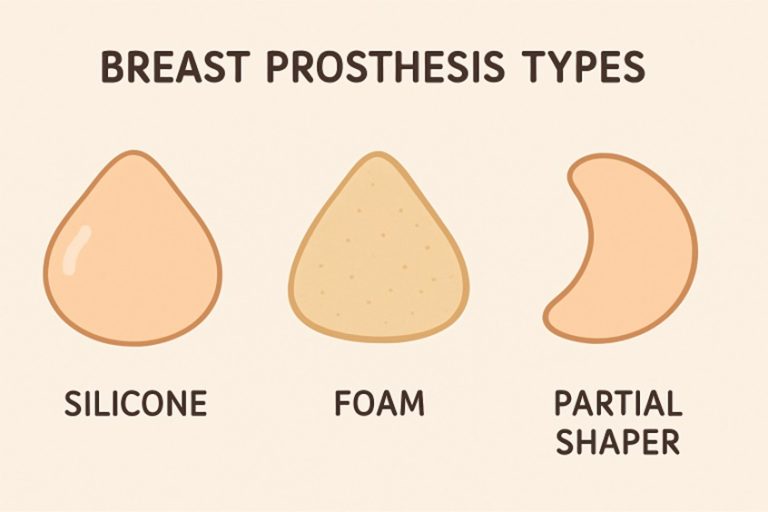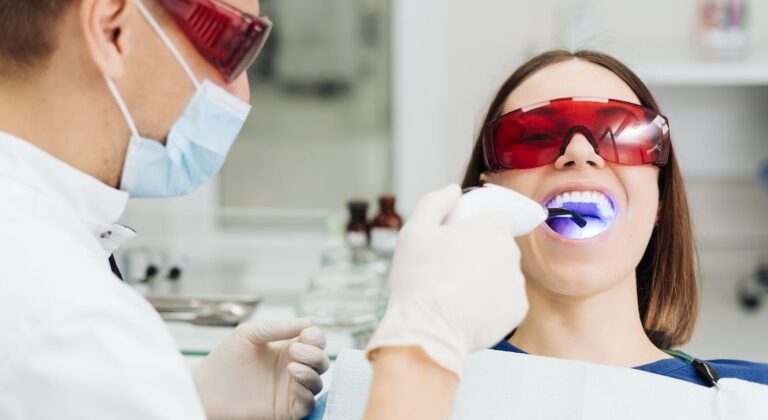When exams are looming, many students try to revise everything at once, only to feel overwhelmed by formulas and reaction mechanisms. Before the panic sets in, there’s a more strategic way to learn. The right chemistry tutor in Singapore can make an enormous difference in how you understand complex topics, retain information, and build exam confidence. However, the key lies in how you approach the process from the very beginning.
Let’s look at a practical plan that makes your chemistry tuition sessions truly effective.
1. Assess Where You Are Before Diving In
Jumping straight into advanced topics might sound efficient, but it usually ends in frustration. Start by identifying what you already know and where you’re struggling. This isn’t about labelling yourself as weak in certain areas; it’s about giving your tutor clarity on where to focus.
A good chemistry tutor in Singapore will begin by reviewing your school syllabus, test papers, and past mistakes to build a learning map. The aim is to pinpoint patterns. Are you losing marks due to conceptual gaps or careless errors? Once that’s clear, your tutor can create a targeted plan. Think of it as a diagnostic test before treatment; without it, progress will be slower and less structured.
2. Build a Structured Study Routine
After establishing your starting point, consistency becomes your best ally. Sporadic study sessions tend to cause information gaps, especially in subjects with cumulative content like chemistry. Your chemistry tuition in Singapore should follow a rhythm that fits your school schedule while leaving space for practice.
Break your study plan into manageable weekly goals. For instance, dedicate one week to mastering atomic structure and another to chemical bonding. End each session with a mini quiz or problem set to reinforce what you’ve covered. This steady pacing helps prevent last-minute cramming, which usually leads to short-term memory rather than real understanding.
Your tutor can also weave in real-world examples, like explaining oxidation through rusting or organic chemistry via everyday materials. When lessons feel relevant, the concepts tend to stick.
3. Learn to Tackle Problems, Not Just Memorise
Many students fall into the trap of rote learning, reciting definitions without grasping the reasoning behind them. Chemistry doesn’t reward memorisation alone; it requires applying principles to unfamiliar situations. This is where your chemistry tutor becomes invaluable.
Focus on solving problems systematically. Break each question into smaller steps: identify what’s given, recall the relevant formula, and check the logic behind each step. Your tutor might use varied question types from past papers to simulate real exam pressure. This builds adaptability and sharpens your analytical skills, two abilities examiners love to see.
Group discussions or short peer challenges can also help. Explaining a topic to someone else is one of the most effective ways to confirm your understanding.
4. Track Progress and Adjust Regularly
Improvement doesn’t come from repetition alone; it grows through reflection. Every few weeks, revisit your performance with your chemistry tutor in Singapore. Look at which question types you’re getting right and where you still stumble. Are your mistakes due to misunderstanding the question or missing a calculation step?
This reflection stage helps refine your study methods. Perhaps you need more visual aids like reaction charts or periodic trends, or maybe you’re stronger when practising with timed mock papers. Adjust your learning style as you go; what worked at the start may need tweaking later on.
5. Prepare for Exams the Smart Way
When exams are near, your strategy should shift from learning to refining. Review summaries, tackle timed papers, and simulate actual test conditions. Let your chemistry tuition sessions focus on question analysis, like how to read between the lines, interpret data, and phrase answers clearly.
Your tutor can also help you practise under time limits. Managing stress during an exam often depends less on knowledge and more on composure. By the time the real paper arrives, your study rhythm should feel familiar and calm rather than panicked and rushed.
Conclusion
Improving your grades in chemistry doesn’t happen by chance. It’s a deliberate process built on assessment, structure, reflection, and discipline. Working with an experienced chemistry tutor helps you follow a methodical plan rather than scrambling through endless notes. When your learning is guided and consistent, even the toughest topics become manageable.
Contact The Chemistry Practice to start building a study plan that supports your goals and keeps your confidence steady through every test.












